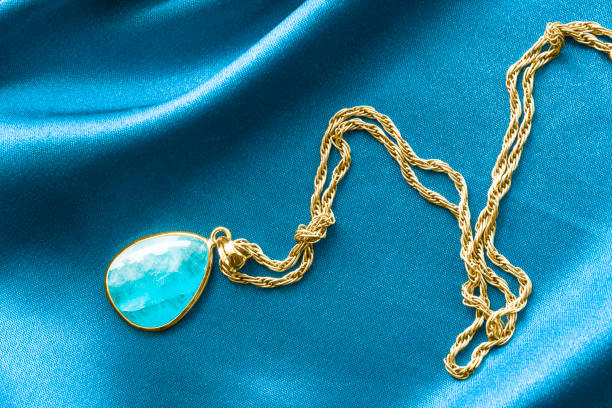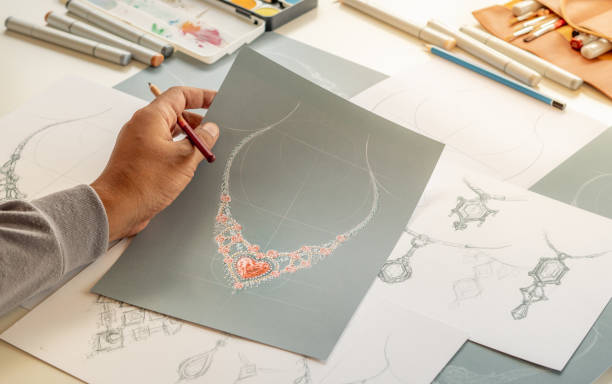Vertical Labret Piercing Jewelry, also known as vertical labret, involves inserting jewelry through your bottom lip. This piercing is more visible and popular with people who are interested in body modification.
We will discuss how the piercing is done, what you can expect during and after, and what to do in the event of side effects.
Procedure for Vertical Labret Piercing
You should only go to a licensed professional piercer who is regularly inspected and certified by the local health department. To ensure that the shop is trustworthy, look online for reviews.
- This is done quickly. These are the steps:
- Your piercer will clean your lower lips with water and disinfectant.
- To ensure that your mouth is clean and free from potentially harmful bacteria, you will rinse it with antibacterial mouthwash.
- The piercer will use an ink marker to mark the location where the piercing will take place.
- To better see your insides, they will clamp your lower lip using a special tool.
- To minimize pain, push a needle through the areas marked from top to bottom.
- They will gently and slowly remove the needle.
The piercer will insert jewelry (such as a bent barbell) into the newly opened piercing. To keep the barbell in place, they will also attach any beads to it.
What is an inverse Vertical Labret Piercing Jewelry?
Vertical Labret Piercing jewelry allows you to see both ends of the barbell outside of your mouth. The one that pokes out from the top of your bottom lip is the longest, while the other extends to the bottom just below your chin.
Inverse vertical labret (also known as the Ashley piercing) involves inserting a piece or jewelry through your lower lip and into your mouth. This will ensure that only one side of the jewelry remains inside your mouth.
- Pain from vertical labret
- Everybody’s tolerance for pain is different.
- The Vertical Labret Piercing Jewel is not causing any significant pain for most people. It has been rated as a 4, on a scale from 1-10.
- Because the tissue surrounding your mouth is dense and sensitive with nerve endings, it may cause more pain than an ear, nose or other piercings.
- Because it penetrates through delicate, thin lip tissue rather than skin, the Vertical Labret Piercing Jewelry is more painful than regular lip piercings.
Vertical Labret Piercing can Heal
Vertical Labret Piercing Jewelry heals in 6-8 weeks. The healing process can take longer depending on how much you care for the area.
For the first few weeks, follow these instructions
Before you touch any piercing areas, wash your hands with unscented soap and clean water.
- To keep your mouth clean and free from good bacteria, use an antiseptic, non-alcohol mouthwash. This should be done before you go to bed at night, as well as after each meal.
- Do not immerse the piercings in water. Don’t swim. Instead of taking a bath, shower instead.
- To prevent bacteria from entering the piercing, keep your sheets, blankets, and baby clothes clean. You should do the same for everything that touches your face.
- If your hands are not clean, avoid touching your face or mouth. This is a difficult lesson to learn.
- For at least five minutes, soak the area in 1/8 cup sea salt. When you are done, dry the piercing with a towel.
- To keep the area clean, spray saline on the piercing. This is an alternative to salt soak
Side Effects And Precautions
Look for a vein doctor who uses gloves and disposable, sterile needles. Make sure to check your state’s licensing and regulations.
You might encounter side effects or complications from Vertical Labret Piercing Jewel.
- Rejection
When your body recognizes the piercing and attempts to push it away, you will experience rejection.
The body eventually will cut open the skin to remove the piercing. This can cause scarring. The area can become more vulnerable to infection.
- Gum or tooth damage
This happens when jewelry touches your enamel or your gums.
This is a common side effect that can cause tooth decay, gum disease and tooth damage. If you notice any of these symptoms, contact your piercer immediately.
- Infection
Lip and mouth piercings are more susceptible to infection than other types. This is because oral bacteria can easily get into the pierced area, even after you have eaten, drank, or touched your mouth.
- Scarring
Thin scar tissue may form on a piercing that has been rejected or isn’t filled with jewelry.
- Swelling
For the first few days following the piercing, symptoms such as swelling and pain will be common. If they persist for more than a few days or you have other symptoms such as bleeding, severe pain, abnormal discharge, or intense pain, see a chinas doctor immediately.
- Nerve disruption
There has been a link between facial piercings and nerve damage in the face. This can lead to back pain, and eyes that aren’t aligned,
- Vertical labret jewelry
There are many options for jewelry to be used in vertical labret piercing:
Completely enclosed ring, or hoop. It wraps around your entire pierced area in a similar way to an earring in the earlobe.
Curved barbell. This type of thick, rod-shaped jewelry measures between 14- and 16-gauge. It bends around your lips with beads at each end facing forward.
Vertical labret bars. These bars go through the piercing vertically, and each end has a bead. These can be used side-by-side if you have double vertical labrets.


